Where the war was.
The Battle of the Seelow Heights was one of the last and largest battles of the Second World War on German soil. It took place from 16 to 19 April 1945 and marked the beginning of the Soviet attack on the German capital.
By mid-April 1945, the Red Army on the Oder had completed its preparations for the general attack on Berlin.
The damp and wet lowlands of the Oderbruch and the Seelow Heights, which rose up to 70 metres behind it, were the last major natural barriers before Berlin. Supreme Commander Zhukov planned a massive attack to break through the German defences there. The German leadership hoped that a successful defence would split the anti-Hitler coalition. The Soviet side aimed to defeat the Wehrmacht once and for all and end the war. The battle began with a massive barrage of Soviet artillery. It was one of the most intense bombardments of the war, although some of it rained down on positions that had been evacuated according to plan. While the night was still foggy, the Soviet ground troops opened the main attack and crashed into the deeply echeloned German positional system. On the second day of fighting, the Red Army succeeded in breaking through the positions on the Seelow Heights on both sides of the Seelow base and, on the fourth day, the third and final defence strip.
On 20 April, their combat units reached the outskirts of Berlin. The Soviet operational plan significantly shortened the subsequent battle for Berlin: at the same time as the breakthrough at the Seelow Heights, Soviet troops advancing from the south-east overflew the enemy flooding back from the Oder line. This prevented them from retreating to the Berlin area and reorganising in an orderly fashion. The Wehrmacht surrendered on 8 May. The war in Europe came to an end. Unable to accept the hopelessness of continued fighting, the Battle of the Seelow Heights illustrates the willingness of the Nazi state to throw all tangible human reserves against a vastly superior enemy in order to survive. At the same time, this raises the question of what kept the combatants on both sides willing to fight. Even today, combat equipment and human remains are still being recovered on site.
For history buffs, the region thus offers a moving insight into the final days of the Second World War. In the memorial, visitors can experience a permanent exhibition with exhibits, maps and recorded eyewitness conversations that illustrate the dramatic course of the fighting. The open-air site, which is always accessible, includes tank and gun emplacements as well as a Soviet war cemetery with a representative memorial. Guided tours and information boards offer in-depth insights into the historical events and the significance of the site.
The history of the Battle of the Seelow Heights as an audio report (Language: German)


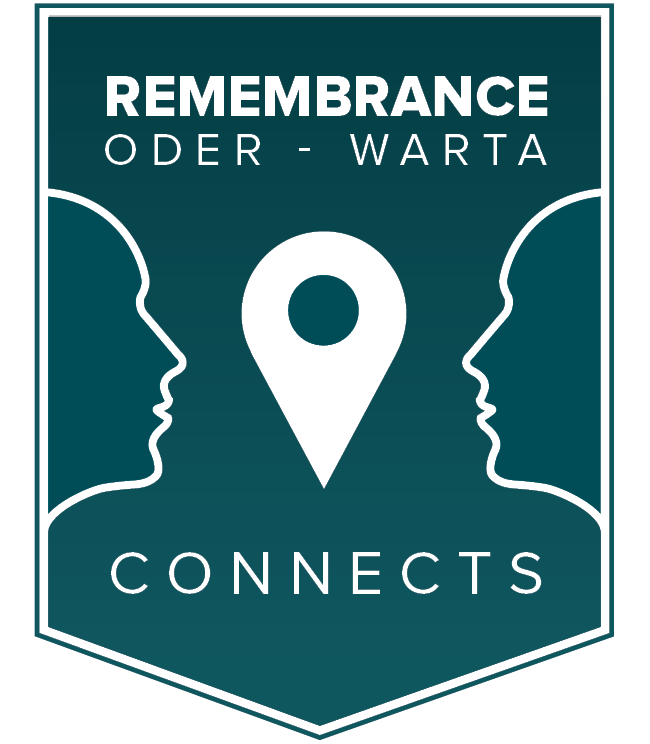
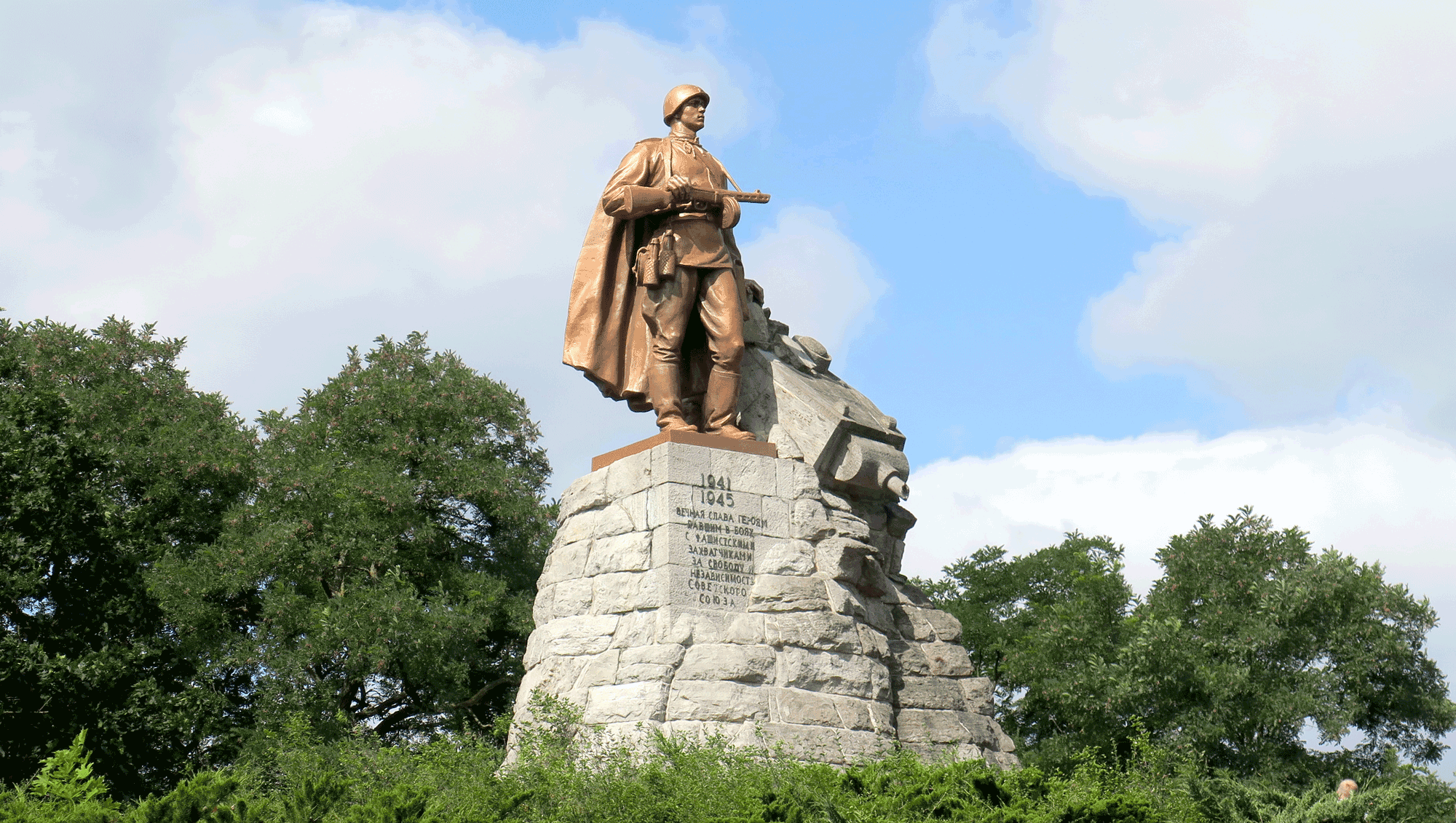
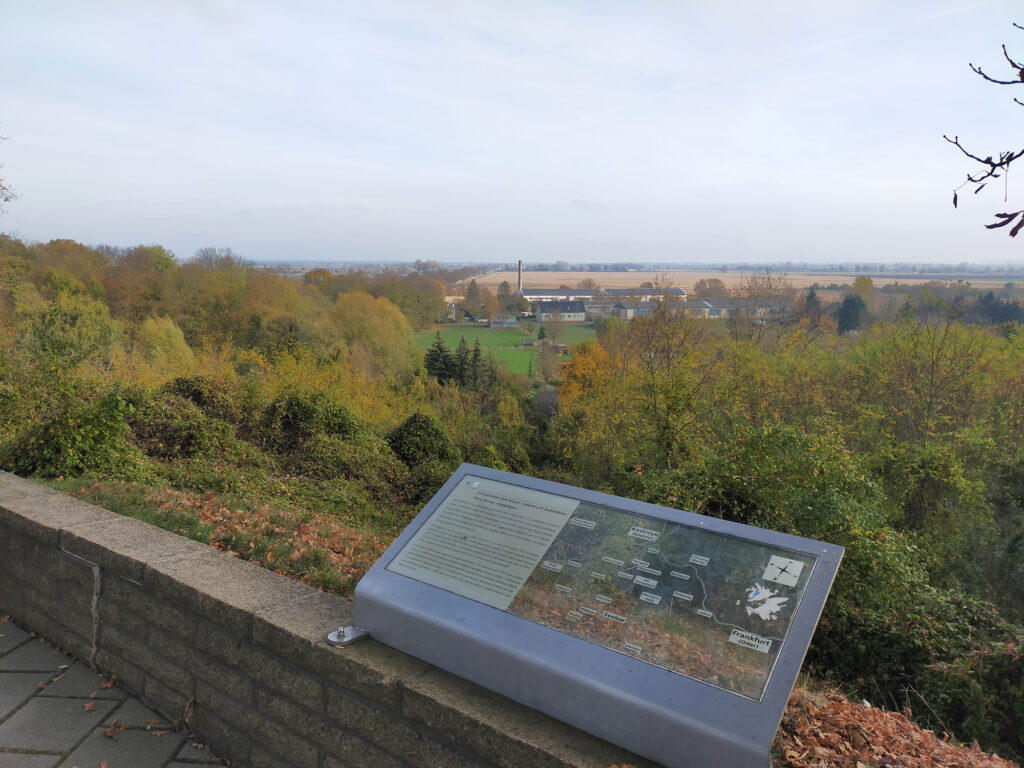
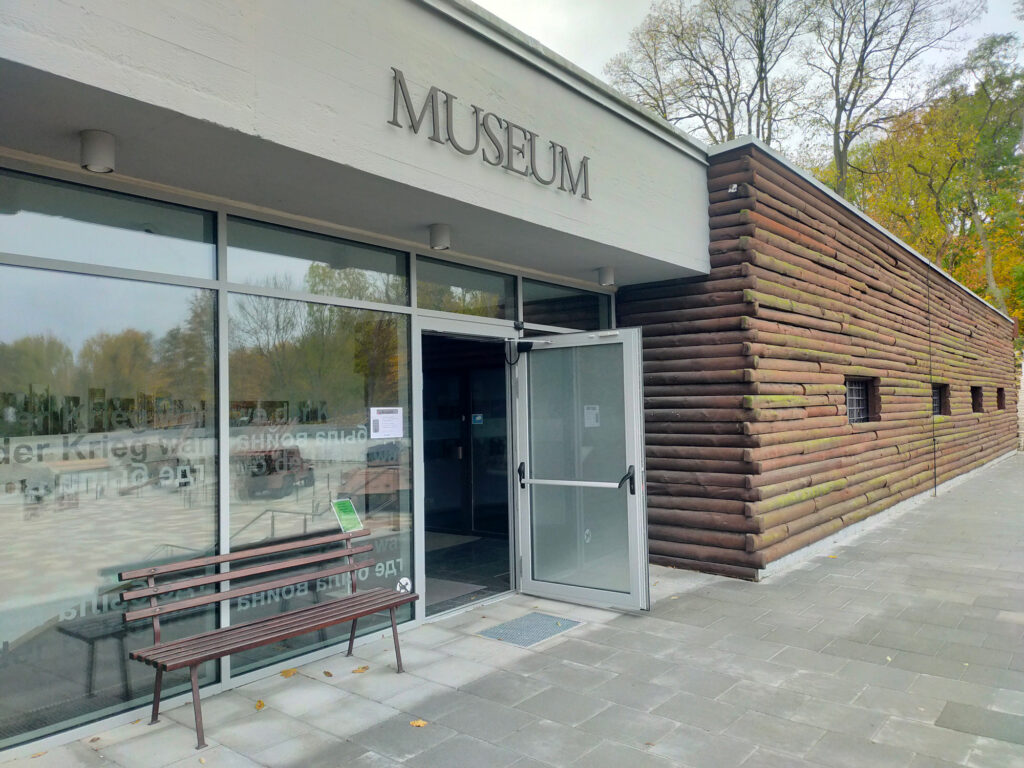
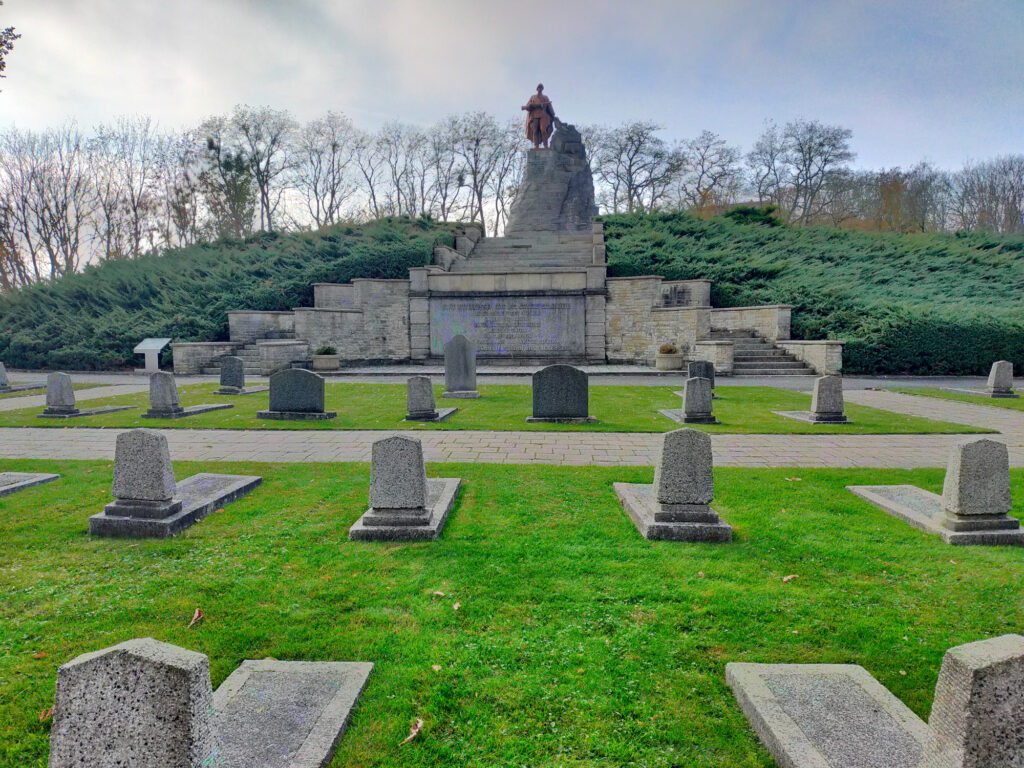
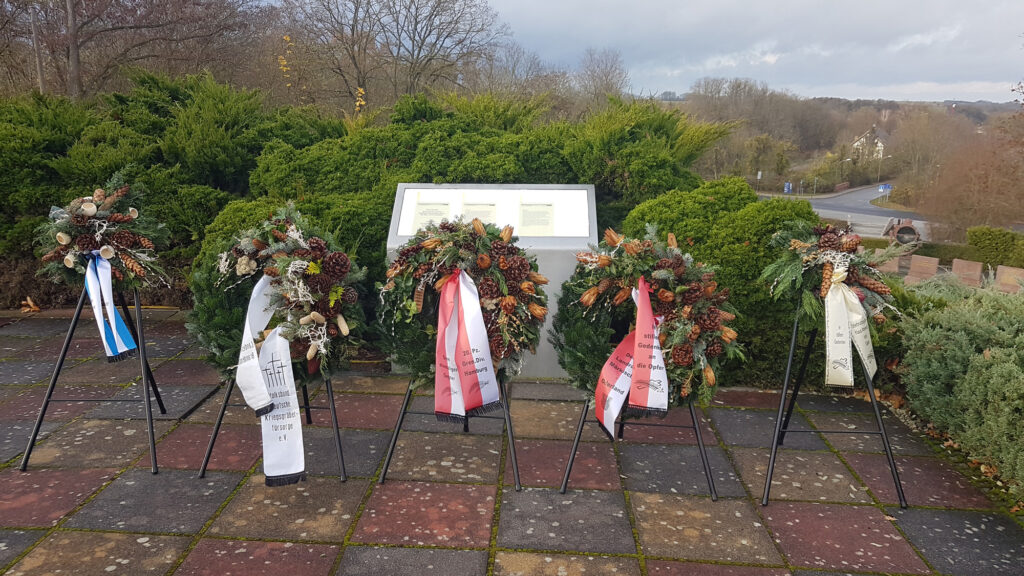
Leave a Reply